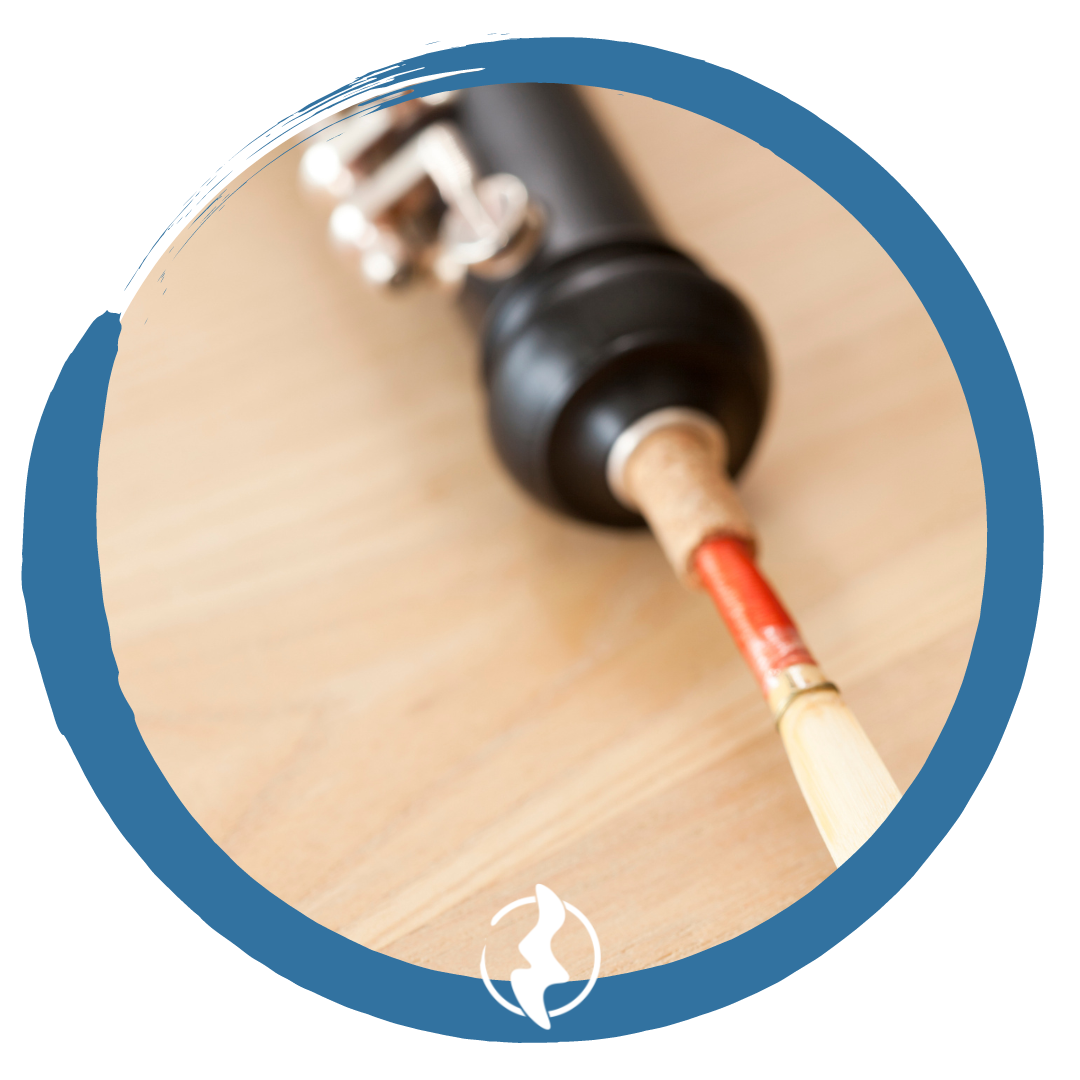Woodwind
If you are interested in learning a woodwind instrument then check out this video to help pick your instrument!
Our highly skilled woodwind team offer tuition on all the orchestral woodwind family – Flute, Oboe, Clarinet, Bassoon and Saxophone. CMST staff also teach Recorder and Fife. CMST staff will help you discover and play all kinds of music. Our teachers will ensure your musical journey is filled with fun with performing opportunities and we will encourage you to join an ensemble as soon as you can!
Take a closer look at some of this family’s star players!
Meet the team
Saxophone
The saxophone can produce a wide range of tones from the smooth sound which defined Big band music to the edge which helped to make Baker Street a global hit in the 70s! The saxophone plays a smaller role in orchestra music but it’s wide range allows it to fit into most situations. The saxophone comes in many varieties including sopranino, soprano, alto, tenor, baritone and bass.
Did you know? The saxophone is the only woodwind instrument which was never made out of wood.
Flute
The flute is renowned for being capable of extreme virtuosity, but it also spends its time providing background colour to the rest of the orchestra. There are many varieties of flute which are used within the orchestra, including the; C flute, piccolo flute, alto flute and occasionally the bass flute. Most modern flutes, other than the piccolo flute, are now made of metal although they are traditionally made from wood.
Did you know? Flutes are considered one of the earliest instruments and date back to Germany over 35,000 years ago. Many cultures have their own version of the flute. For example, one of the most popular traditional Japanese flutes is the the Shakuhachi.
Clarinet
The clarinet’s clear sounds makes it perfect for playing melody, it’s ability to create texture and effects allow it to stand out from the other instruments. The clarinet is extremely dynamic and can often be heard playing over traditional jazz and swing! The clarinet comes in many shapes and sizes with everything from a sopranino all the way down to a contrabass which can play even lower than it’s partner in the string family.
Did you know? A favourite of celebrities, the clarinet has been played by everyone from Nicki Minaj to Steven Spielberg to Jenna Marbles!
Recorder
Recorders are one of the earliest orchestral instruments and are the basis for the design of the modern flute, although the recorders mouthpiece is much more like a whistle! Since the recorder family is so old it is also very large with sopranino, soprano, alto, tenor and bass varieties. This variety of sounds allows music to be played entirely with recorders, creating a rich and full sounding ensemble.
Did you know? While the standard soprano recorder most people think of when picturing a recorder they can actually get a lot bigger. For example, the subcontrabass recorder is the largest in the world at 10 feet tall (around 3 meters).
Oboe
The oboe, and it’s larger relative the cor anglais, are known for their haunting and sweet sounding tone. These instruments are descended from the reed instruments of old which were often used in folk music by shepherds from all around the world. The oboe is slightly lower than the flute but still occupied the alto range, the cor anglais is lower in pitch again!
Did you know? An orchestra will often tune to an oboe’s A note, announcing the start of the concert.
Bassoon
Unlike most woodwind instruments the bassoon works using two reeds, giving it a slightly more buzzy tone throughout the range. This buzz allows the bassoon to add percussive attack to the lower register of the orchestra. The bassoon has an extremely human like tone which resonates like a baritone singer’s voice.
Did you know? The bassoon has one of the widest pitch ranges of orchestral instruments, leaving aside the harp and keyboard instruments, at well over 3 octaves.







